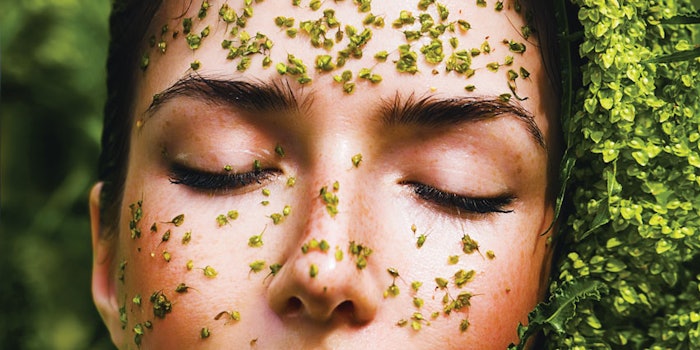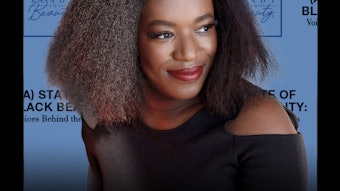
Clean is a beautiful, powerful and popular word. It inspires safety and trust, something many consumers and indeed the beauty industry aspire to today. However, there is no official commercial definition of the term. As a result, there are many differing interpretations of the concept, by brands, consumers and retailers.
While I cannot provide a definitive definition of the term, I will attempt to clarify the trends by reviewing the different types of “clean” used in the beauty market, as well as their implications.
Clean Began with “Safer”
At the beginning of the 21st century, Ren Skincare pioneered the concept of clean skin care with its minimalist design philosophy. The brand furthered the concept of heightened safety by helping the consumer to avoid what it termed “harsh chemicals” and “toxins.”
This was communicated via a free-from list of ingredients that included parabens, sulfates and mineral oils. While the original brand concept played with a natural look and do-no-harm philosophy, the products comprised natural and synthetic ingredients.
The Emergence of Free-from Lists
Since then, health and environmental concerns have grown ahead of scientific consensus, expanding the free-from domain to other ingredients, such as silicones and phthalates, that have been flagged as ingredients of concern.
This represents an embrace of the precautionary principle, which resists the introduction of ingredients, processes and products with unknown or disputed impacts, and has resulted in a generation of free-from products and brands all over the world.
The aim has been to make it simpler for producers to gain consumers’ trust because shoppers generally lack the technical ability to decode ingredient lists. Sephora made it even simpler by introducing a Clean at Sephora (Page 42) quality mark—a green leaf seal—indicating products that do not contain SLS, SLES, parabens, formaldehyde, phtalates, mineral oils, etc.
This simple approach has been criticized as a new form of greenwashing—cleanwashing—as consumers might believe the products are green or environmentally friendly when in reality they are not.
Indie Escalates Clean Movement
The market has evolved further due to growing demand for truly natural products and the rise of indie beauty brands that embrace the clean concept as a key element of their identity.
Credo, an independent beauty retailer, launched its own clean standard based on honest communication and transparency, giving it a stricter and more comprehensive identity compared to its legacy retailer competitors.
The Credo clean standard includes ideas about ingredient sourcing and supply chain, responsible manufacturing and packaging, proof of claims, cruelty-free status, and an extensive list of what it describes as “dirty” ingredients. The standard elaborates on its definition of natural, naturally derived and synthetic, and gluten- and GMO-free, and advocates the use of safer ingredients.
It is also specific about its criteria. For instance, Credo does not allow the organic claim on products in its stores unless, for instance, it meets the U.S. National Organic Program requirements of 95% or 100% organic.
The full standard will be rolled out by October 2019, according to the retailer.
Who Can Out-clean the Competition?
It is an interesting development to see a retailer set its own clean beauty standard and then insist that all the brands that are considered for sale within its stores be complaint with that standard.
In this sense, the retailer believes it is reflecting the wishes of its customers, and it has the ability to influence the modus operandi of the manufacturers and, by extension, ingredient producers, as well as (perhaps) regulators and quality marks/certifications.
It remains to be seen how the rest of the beauty retail sector and its consumers respond to the challenge thrown by Credo and like-minded retailers. Perhaps other retailers and brands will follow and develop compressive clean/green charters of their own. Or, maybe another industry player will issue a further escalation of the “clean” concept, necessitating a response by the likes of Credo.
Dr. Barbara Olioso (https://thegreenchemist.com) holds a Doctor of Chemistry degree from Venice University in Italy. She holds a master’s in food science and technology and a diploma in cosmetic science. Olioso combines a scientific background with a passion for botanicals and sustainability applied to cosmetics. She has formulated natural and organic cosmetics since 1999, developing skin care, organic perfumes, professional hair care, and international spa brands. She also gives presentations and teaches about sustainability, natural preservation and Cosmos on the Specialchem platform, moderates the sustainability corner at in-cosmetics Global, and is a member of the Royal Society of Chemistry and the Society of Cosmetic Scientists.











